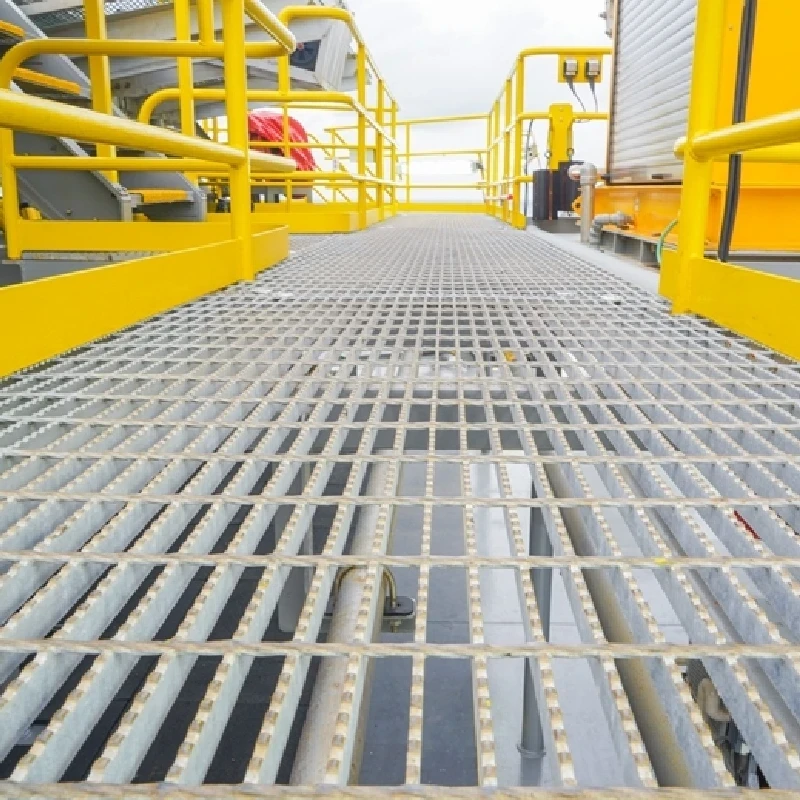- Industrial zone, South of Anping Town, Hengshui, Hebei, China.
- sales@hfpetromesh.com
- +86-18931809706
 Afrikaans
Afrikaans  Albanian
Albanian  Amharic
Amharic  Arabic
Arabic  Armenian
Armenian  Azerbaijani
Azerbaijani  Basque
Basque  Belarusian
Belarusian  Bengali
Bengali  Bosnian
Bosnian  Bulgarian
Bulgarian  Catalan
Catalan  Cebuano
Cebuano  Corsican
Corsican  Croatian
Croatian  Czech
Czech  Danish
Danish  Dutch
Dutch  English
English  Esperanto
Esperanto  Estonian
Estonian  Finnish
Finnish  French
French  Frisian
Frisian  Galician
Galician  Georgian
Georgian  German
German  Greek
Greek  Gujarati
Gujarati  Haitian Creole
Haitian Creole  hausa
hausa  hawaiian
hawaiian  Hebrew
Hebrew  Hindi
Hindi  Miao
Miao  Hungarian
Hungarian  Icelandic
Icelandic  igbo
igbo  Indonesian
Indonesian  irish
irish  Italian
Italian  Japanese
Japanese  Javanese
Javanese  Kannada
Kannada  kazakh
kazakh  Khmer
Khmer  Rwandese
Rwandese  Korean
Korean  Kurdish
Kurdish  Kyrgyz
Kyrgyz  Lao
Lao  Latin
Latin  Latvian
Latvian  Lithuanian
Lithuanian  Luxembourgish
Luxembourgish  Macedonian
Macedonian  Malgashi
Malgashi  Malay
Malay  Malayalam
Malayalam  Maltese
Maltese  Maori
Maori  Marathi
Marathi  Mongolian
Mongolian  Myanmar
Myanmar  Nepali
Nepali  Norwegian
Norwegian  Norwegian
Norwegian  Occitan
Occitan  Pashto
Pashto  Persian
Persian  Polish
Polish  Portuguese
Portuguese  Punjabi
Punjabi  Romanian
Romanian  Russian
Russian  Samoan
Samoan  Scottish Gaelic
Scottish Gaelic  Serbian
Serbian  Sesotho
Sesotho  Shona
Shona  Sindhi
Sindhi  Sinhala
Sinhala  Slovak
Slovak  Slovenian
Slovenian  Somali
Somali  Spanish
Spanish  Sundanese
Sundanese  Swahili
Swahili  Swedish
Swedish  Tagalog
Tagalog  Tajik
Tajik  Tamil
Tamil  Tatar
Tatar  Telugu
Telugu  Thai
Thai  Turkish
Turkish  Turkmen
Turkmen  Ukrainian
Ukrainian  Urdu
Urdu  Uighur
Uighur  Uzbek
Uzbek  Vietnamese
Vietnamese  Welsh
Welsh  Bantu
Bantu  Yiddish
Yiddish  Yoruba
Yoruba  Zulu
Zulu
- Afrikaans
- Albanian
- Amharic
- Arabic
- Armenian
- Azerbaijani
- Basque
- Belarusian
- Bengali
- Bosnian
- Bulgarian
- Catalan
- Cebuano
- Corsican
- Croatian
- Czech
- Danish
- Dutch
- English
- Esperanto
- Estonian
- Finnish
- French
- Frisian
- Galician
- Georgian
- German
- Greek
- Gujarati
- Haitian Creole
- hausa
- hawaiian
- Hebrew
- Hindi
- Miao
- Hungarian
- Icelandic
- igbo
- Indonesian
- irish
- Italian
- Japanese
- Javanese
- Kannada
- kazakh
- Khmer
- Rwandese
- Korean
- Kurdish
- Kyrgyz
- Lao
- Latin
- Latvian
- Lithuanian
- Luxembourgish
- Macedonian
- Malgashi
- Malay
- Malayalam
- Maltese
- Maori
- Marathi
- Mongolian
- Myanmar
- Nepali
- Norwegian
- Norwegian
- Occitan
- Pashto
- Persian
- Polish
- Portuguese
- Punjabi
- Romanian
- Russian
- Samoan
- Scottish Gaelic
- Serbian
- Sesotho
- Shona
- Sindhi
- Sinhala
- Slovak
- Slovenian
- Somali
- Spanish
- Sundanese
- Swahili
- Swedish
- Tagalog
- Tajik
- Tamil
- Tatar
- Telugu
- Thai
- Turkish
- Turkmen
- Ukrainian
- Urdu
- Uighur
- Uzbek
- Vietnamese
- Welsh
- Bantu
- Yiddish
- Yoruba
- Zulu
helideck perimeter net
The Importance of Helideck Perimeter Nets in Aviation Safety
In the realm of aviation, particularly in offshore operations, safety is paramount. One crucial aspect of ensuring the safety of helicopter landings and takeoffs is the effective use of helideck perimeter nets. These specialized nets play a significant role in preventing accidents and enhancing operational efficiency on offshore installations such as oil rigs and maritime vessels.
Helideck perimeter nets are designed to surround the helideck, providing a safety barrier that mitigates the risk of accidents during helicopter operations. The primary function of these nets is to catch any debris or equipment that may accidentally fall during the loading and unloading of cargo, as well as to safeguard personnel from the potential hazards of helicopter blades and downwash.
One of the primary concerns in helideck operations is the risk of helicopter rotor blade contact. The intense wind generated by the rotor blades can create hazardous conditions, especially for workers and equipment situated near the helideck. The perimeter net serves as a protective barrier, helping to contain any loose items that could be propelled into the air by the rotor wash. By effectively managing these risks, perimeter nets contribute to a safer working environment for both personnel and hovering aircraft.
helideck perimeter net

Furthermore, the construction and maintenance of helideck perimeter nets are anchored in rigorous international standards and guidelines
. Organizations such as the International Maritime Organization (IMO) and the Civil Aviation Authority (CAA) ensure that safety protocols are adhered to, thereby promoting best practices within the industry. These nets are typically made from high-quality materials that can withstand harsh weather conditions, demonstrating resilience while fulfilling their safety functions.Regular inspections and maintenance of helideck perimeter nets are critical to ensuring their effectiveness. Operators are encouraged to conduct routine checks for any signs of wear or damage, as compromised nets may not provide adequate protection. Investing in high-quality perimeter nets and adhering to maintenance schedules can significantly reduce the likelihood of accidents during helicopter operations.
In addition to their safety features, helideck perimeter nets also support operational efficiency. By preventing potential incidents, they can reduce downtime associated with accidents, thereby enhancing productivity. When personnel feel secure while conducting their duties on the helideck, it further promotes a culture of safety, leading to better compliance with established procedures and regulations.
In conclusion, helideck perimeter nets are an essential component of safety mechanisms in offshore aviation operations. Their ability to prevent accidents and provide a safe working environment underscores their importance within the industry. As aviation technology continues to evolve, so too should the materials and practices surrounding helideck safety. By prioritizing the integrity and effectiveness of perimeter nets, offshore operators can ensure safer skies and more successful operations.
-
Upgrade Your Industrial Operations with Durable Steel GratingNewsJul.21,2025
-
Transform Your Flooring Solutions with Quality Floor GratingNewsJul.21,2025
-
Top-Quality Shale Shaker Screens for Your Drilling NeedsNewsJul.21,2025
-
High-Quality Steel Grating for All Your Industrial NeedsNewsJul.21,2025
-
Explore the Durability and Versatility of Galvanized Steel GratingNewsJul.21,2025
-
Ensure Maximum Safety with Premium Safety NetsNewsJul.21,2025